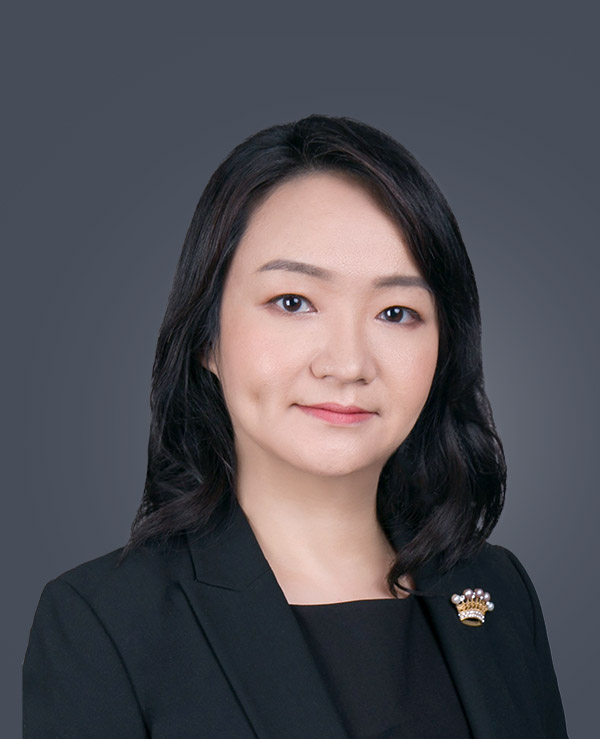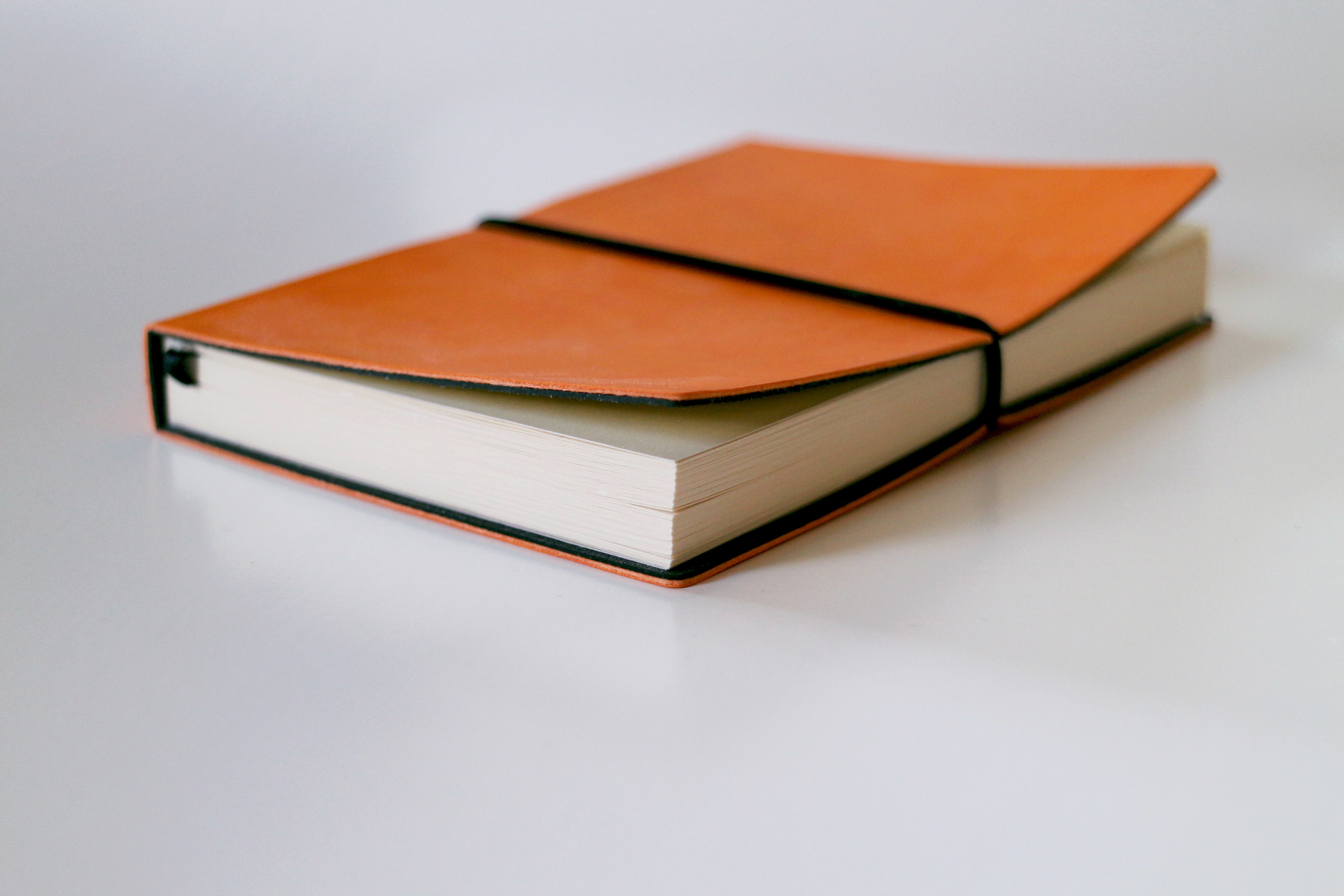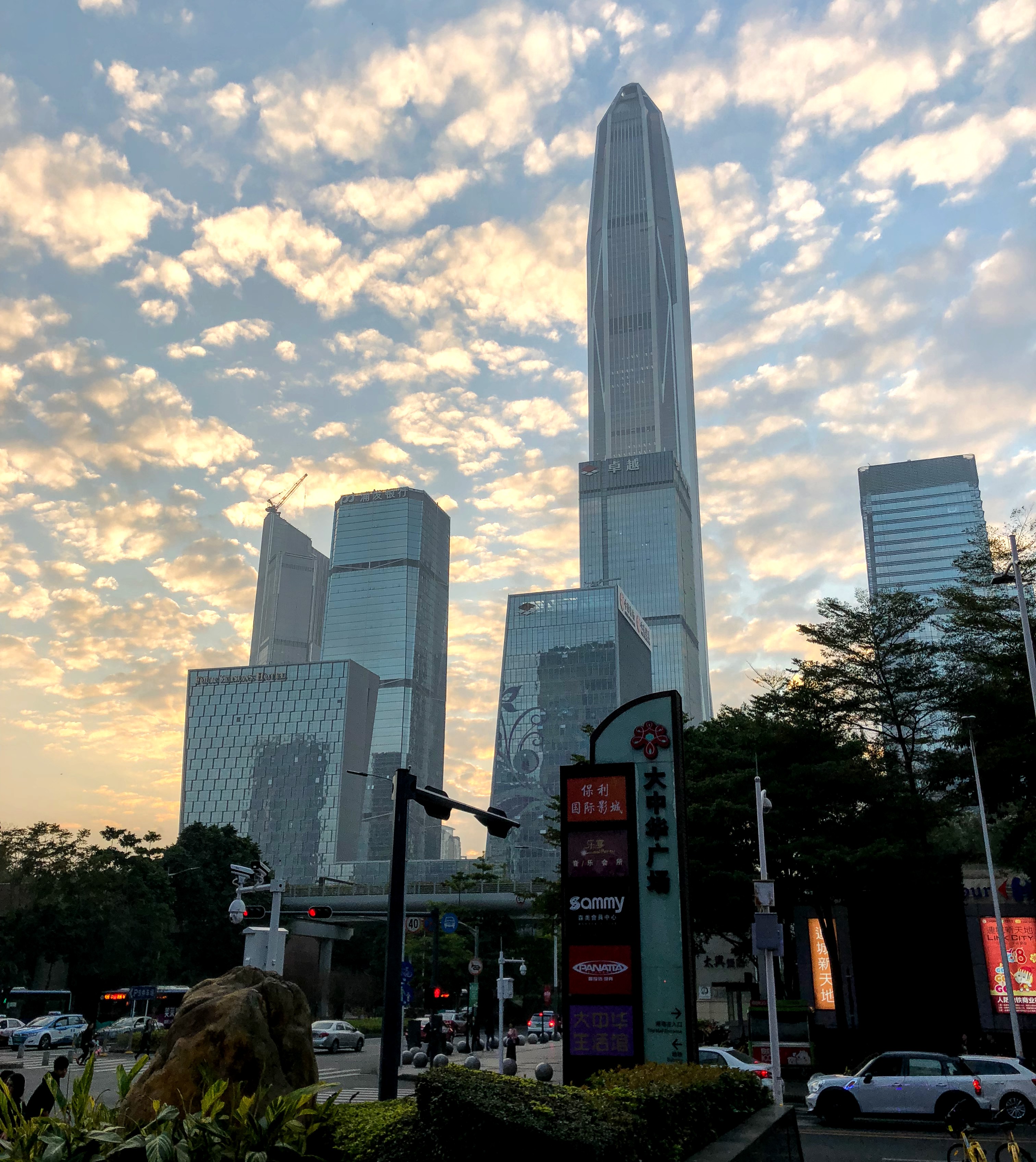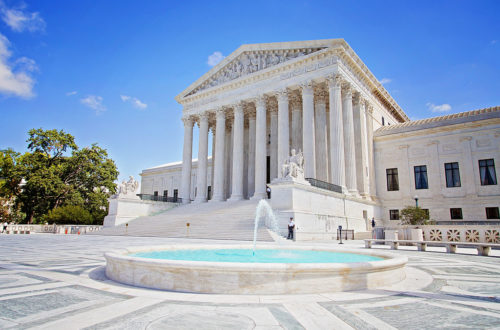At the end of October 2022, the China National Intellectual Property Administration (CNIPA) released a new draft amendment of the Patent Examination Guidelines[1] (hereinafter referred to as the “New Draft”) to the new Chinese Patent Law that came into effect in 2021. We highlight two key amendments below.
1. The starting date for calculating PTA (the “date of requesting for substantive examination”) has been amended from
the date when the CNIPA issues a “Notice of Entering the Examination Stage” after receiving the substantive examination request to
the date on which the substantive examination request is filed AND the examination fee is paid in full in accordance with Rule 113 of the Implementing Regulations of Chinese Patent Law by the applicant.
What is “Patent Term Adjustment”
Article 42.2 of the new Patent Law states that upon request, patent term adjustment may be possible to compensate for unreasonable delay caused by the patent office[2]. “Unreasonable delay” occurs if the total patent prosecution time between the request for examination and patent grant is more than 3 years, and the total time between filing and grant is more than 4 years.
The days to be compensated is calculated as follows:
For more detailed information on how this date is calculated, please see our article about Patent Term Adjust for the Proposed Examination Guidelines relating to the 2021 Draft published in October 2021.[3]
What Has Changed?
Compared with the 2021 Draft, the redefined “date of requesting for substantive examination” in the New Draft should result in an earlier date. This is because in practice, most applicants submit a request for substantive examination and pay the substantive examination fee in full at the same time. The CNIPA would then issue a “Notice of Entering the Examination Stage” in 7-15 days. This means in theory, the newly defined “date of request for substantive examination” will make more applications eligible for PTA. Such practice will also encourage applicants to pay the substantive examination fee in full sooner, which will ultimately help prevent abuses, such as submitting an application without paying the associating fees.
However, if the request for substantive examination is made before the publication of the application, the “date of requesting for substantive examination” for calculating PTA is the publication date of such application. This is due to the restriction that Chinese patent examiners cannot search applications before they are published, and thus actual substantive examination would not begin at the earliest until the publication date.
2. The New Draft made minor adjustment in the list of actions that can result in “delays caused by the applicant” in a PTA calculation,[4] and the new provisions for incorporation by reference for ordinary Chinese applications.
Unreasonable Delay by the Applicant
In our previous article, we discussed the five actions that will not be counted as part of “unreasonable delay in days during prosecution.” In other words, these actions constitute “unreasonable delay caused by the applicant.” The new Patent Law also outlines the same five actions and defines some of the time periods of such delay, with only one minor adjustment as follows:
Actions | Time delay |
(1) failure to respond to a CNIPA official notice in time | counted from the overdue deadline to the day when the response is submitted |
(2) request for deferred examination | the actual deferred time for examination |
(3) incorporation by reference | the delay caused by “Rule 45” |
(4) request for restoration, and | counted from the overdue deadline to the day when the CNIPA accepts the restoration request and issues a notice, unless the applicant can prove that the delay is caused by the CNIPA |
(5) 30 months since the priority date and the national phase entry (NPE) date in China | count from the NPE date to the 30-month deadline, unless the applicant has requested early processing |
As you can see, the time delay due to actions (1), (2), (4) and (5) are the same as the 2021 Draft, and they are quite comprehensive. Action (3), which refers to incorporation by reference, has been modified to only refer to Rule 45, whereas the previous version included delays caused by both Rule 45 and Rule 46.1. This is clearly still a draft version, as Rule 45 is a new provision not published in the latest Implementing Regulations and does not exist anywhere yet except in the 2021 Draft and the New Draft of examination guidelines.
What is Rule 45?
Currently, there is no provision that allows “incorporation by reference” in applications directly filed in China. The prospective “Rule 45” will set up an avenue for Chinese national applications to incorporate missing or corrected content by referring to an earlier submitted priority application using “incorporation by reference” and still keep the original filing date in China. In the “New Draft,” the procedural requirements have been further clarified: as long as the applicant makes the request at the time of filing and submits all the required documents within 2 months, they can keep the original filing date of the Chinese application.[5] Otherwise, the filing date will be re-determined, which brings about a risk that the re-determined filing date falls past the Paris deadline.
According to the “New Draft,” the time delay incurred in this “Rule 45” process will be considered “unreasonable delay caused by the applicant”, and will count against the final compensation days for PTA. However, since Rule 45 is not published, we can only guess that the “delay caused by Rule 45” would arise from the situation when an application keeps its original filing date. We hope to see more examples showing the exact calculation of such delay in the finalized Rule 45 and Examination Guidelines.
International Applications and Incorporation by Reference
Similar changes will also apply to international applications entering national phase in China (“NPE cases”). Under the current rules, the CNIPA does not allow NPE cases to keep their original filing dates if incorporation by reference is used, but according to the New Draft,[6] if the incorporated part has been included in the priority application, the filing date will remain unchanged. If an NPE application includes parts from a previous incorporation by reference and the parts have not been included in the priority application, there will be two possible outcomes: (1) the newly added portions are deleted and the application keeps the original filing date; or (2) the newly added portions are kept but the “PCT filing date relative to China” is re-determined based on the IB form PCT/RO/114.[7] Re-determining the filing date means that the NPE application might lose its priority right in China if the re-determined PCT filing date falls after the “12 month date” from the earliest priority date.
Thoughts
Although we appreciate any measure that extends the term of a patent, in practice, all the options need to be carefully considered to meet the applicant’s commercial purpose.
For example, if a request for substantive examination is filed early, the “delay caused by the patent office” period cannot be initiated unless an early publication is also requested. Applicants should strongly consider whether to request early publication, as such early publication would expose the details of the invention early to competitors, giving them an early start for substantial design-arounds, or worse yet lead to outright pre-grant infringement. This is not an issue for most foreign companies, who enter China via national phase entry of an international PCT application, well after the publication date of the application.
Importantly, foreign companies should be mindful of how China handles incorporation by reference differently from other jurisdictions. Until the new Examination Guidelines are finalized, it is currently only possible for NPE cases in China to add matter via incorporation by reference at the high cost of having the filing date “re-determined”.
In general, it’s a very big decision to “push back” a filing date. The risk that the filing date of an application could be moved to a later date could raise all sorts of problems, including one’s own published application becoming novelty-destroying prior art and the possibility of losing certain priority rights. Applicants should proceed with caution and only use incorporation by reference if absolutely necessary.
The updates in the Examination Guidelines will hopefully open up more flexibility for those who are concerned that priority documents or other documents may be needed at a later time. For example, foreign applicants can consider also including a direct Chinese filing (e.g., at the Paris Convention 12-month date) in their filing strategies. To be safe, very aggressive applicants could file both: a national application in China at the 12-month date and another national phase entry application (with slightly different claims) closer to the 30-month date.
As these are just draft guidelines, we’ll need more guidance from CNIPA to see how they would handle such situations.
We will continue to pay close attention to and update you on the further progress of the New Draft of the Patent Examination Guidelines.
If you would like to have more information on this matter or would like to have our advice, please feel free to contact us (Eagle IP) at eip@eipgroup.asia.
This article is for general informational purposes only and should not be considered legal advice or a legal opinion on a specific set of facts.
-
Appendix 1, Notice on Revised Guidelines for Patent Examination (Second Draft for Comments) (Published 31 Oct 2022), https://www.cnipa.gov.cn/art/2022/10/31/art_75_180016.html ↑
-
Appendix 1, Notice on Revised Guidelines for Patent Examination (First Draft for Comments) (Published 3 Aug 2021), https://www.cnipa.gov.cn/art/2021/8/3/art_75_166474.html ↑
-
Draft amendment of the Patent Examination Guidelines released on August 3, 20212 (hereinafter referred to as the “2021 Draft”) ↑
-
Part V, Chapter 9, Section 2.2.2, p.104 Paragraph (3) of the New Draft ↑
-
Part I, Chapter 1, Section 4.7.1-4.7.2, p.4-11 of the New Draft ↑
-
Part III, Chapter 2, Section 3.2, p.43 of the New Draft ↑
-
Notification on Decision of Confirmation of Incorporation by Reference of Element or Part ↑
About the Authors

Hebe Chau is a Chinese Patent Attorney at Eagle IP, a Boutique Patent Firm with offices in Hong Kong, Shenzhen, and Macau.

Audrey Cheung is a Patent Technology Specialist at Eagle IP, a Boutique Patent Firm with offices in Hong Kong, Shenzhen, and Macau.

Jennifer Che, J.D. is Vice President, Principal, and a US Patent Attorney at Eagle IP, a Boutique Patent Firm with offices in Hong Kong, Shenzhen, and Macau.

Yolanda Wang is a Principal, Chinese Patent Attorney, and Chinese Patent Litigator at Eagle IP, a Boutique Patent Firm with offices in Hong Kong, Shenzhen, and Macau.





